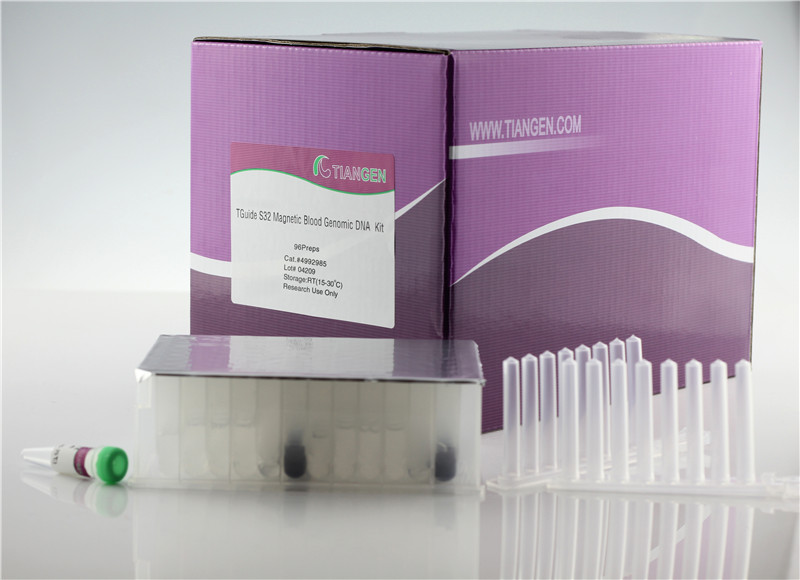Mastering RNA Purification: A Comprehensive Guide to Choosing the Right Kit
Welcome to the world of RNA purification, where the choice of the right kit can make a significant impact on the quality and reliability of your research results. Whether you are a seasoned researcher or a curious novice, navigating the plethora of options in the market can be a daunting task. The successful isolation of high-quality RNA is crucial for a wide range of downstream applications, from gene expression analysis to RNA sequencing, making the selection of a suitable RNA purification kit a critical step in your experimental workflow. Let us guide you through the essential factors to consider when choosing the ideal kit for your RNA purification needs.
Types of RNA purification kits
When it comes to RNA purification kits, there are generally three main types to consider based on the specific needs of researchers: column-based kits, magnetic bead-based kits, and organic extraction kits.
Column-based kits work by binding RNA to a silica membrane within a column, allowing other contaminants to be washed away, leaving purified RNA ready for downstream applications.
Magnetic bead-based kits utilize magnetic beads that specifically bind RNA molecules, allowing for efficient purification through a series of washing and elution steps. These kits are often preferred for their ease of use and high yield of RNA.
Factors to consider when choosing a kit

When selecting an RNA purification kit, it is essential to first consider the starting material. Different kits are optimized for specific sample types such as cells, tissues, or blood. Ensuring compatibility between the kit and your sample type is crucial for obtaining high-quality RNA.
Another important factor to keep in mind is the downstream application of the purified RNA. Some kits are designed for specific applications like qRT-PCR or next-generation sequencing, offering improved performance for these techniques. Choosing a kit that is tailored to your intended use can enhance the accuracy and reliability of your results.
Lastly, cost and throughput are practical considerations when deciding on a kit. Some kits are more cost-effective but may require additional steps or have lower yield compared to premium options. Evaluating your budget and the number of samples you need to process will help determine the most suitable kit for your experimental needs.
Best practices for efficient RNA purification
For efficient RNA purification, it is crucial to carefully follow the instructions provided with the RNA purification kit you choose. Thoroughly read the protocol and ensure you have all the necessary reagents and equipment ready before starting the process.
Another key aspect is to handle the RNA samples with care to prevent degradation. Always work on a clean and RNase-free surface, wear gloves, and use filtered pipette tips. Minimize rna isolation kits of RNA samples to UV light and avoid thawing and refreezing RNA multiple times.
Furthermore, optimizing the RNA purification process for your specific sample type can greatly improve yields and quality. Consider factors such as cell/tissue type, sample size, and downstream applications when selecting the appropriate RNA purification kit. Conducting pilot experiments and adjusting extraction conditions as needed can help in achieving optimal RNA recovery.